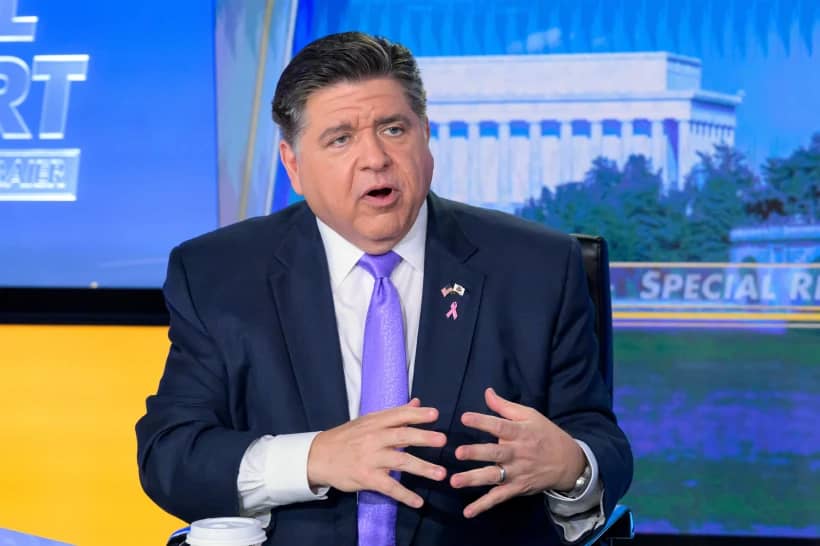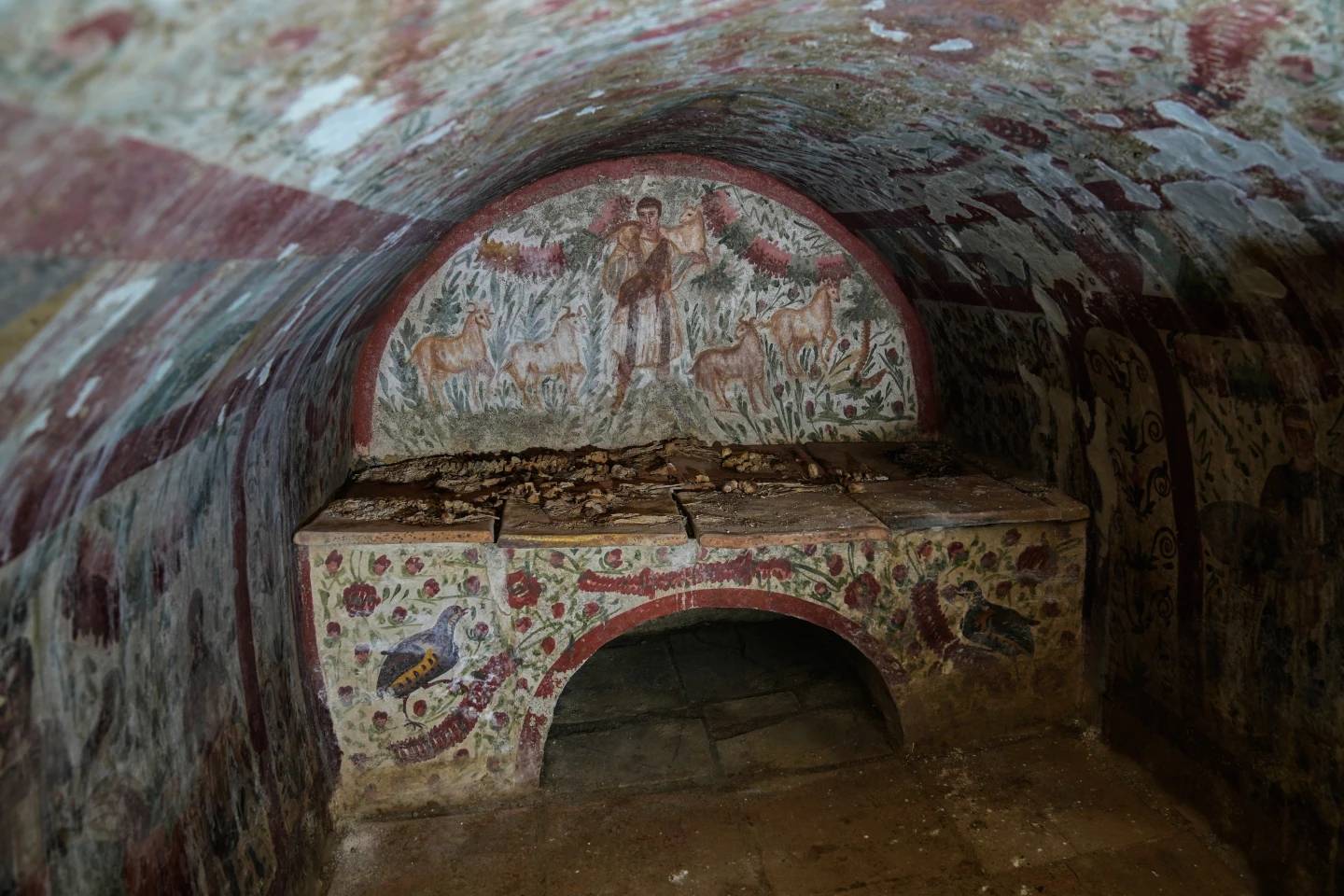There have been an abundance of responses to the “ecumenism of hate” essay by Jesuit Father Antonio Spadaro and Reverend Marcelo Figueroa in La Civiltà Cattolica, including an exchange on Crux between Austen Ivereigh and Thomas Williams.
Having already had my say on the shortcomings of the Spadaro/Figueroa analysis – and several others more thoroughly dismantling the argument – I would add a remark on the style, rather than the substance, of the essay, as it speaks to a defining characteristic of the pontificate of Pope Francis.
Why use the expression “ecumenism of hate” – which the Vatican newspaper L’Osservatore Romano used to headline its publication of the essay – to describe relations between Catholics and Evangelicals in the United States? Clearly intended to be both inflammatory and insulting, it seems needlessly aggressive for two figures entrusted with interpreting the pope’s thought.
Michael Sean Winters, a blogger so giddy over the Spadaro/Figueroa intervention that he has written – to date – four lengthy columns on it, wrote the following:
The biggest effect, however, of this [Catholic and Evangelical] alliance may not pertain to this issue or that. It is the coarseness of the rhetoric, the demonization of those with whom one disagrees, the reduction of complicated theological principles like religious liberty or material cooperation with evil to soundbites and propaganda. [Archbishop Charles] Chaput and his culture warrior colleagues in the American episcopate may not exhibit the extremism of Church Militant, but they have dragged the Catholic Church in this country into an often ridiculous and thoroughly partisan stance…
The “may not” is a nice touch. The American bishops “may not” be like the Church Militant, an extreme outfit that has been officially instructed not to call itself “Catholic,” but when it comes to hate-mongering, those conservative prelates are polluting the atmosphere with coarse rhetoric and the demonization of those who disagree.
It’s almost as if Chaput and his friends go around accusing people of forming hate-filled alliances.
Winters decries demonization, which brings us to a good starting point for considering the rhetorical style encouraged by the Francis pontificate. The pope, in fact, started his pontificate with a little demonization – literally – in his first homily, the morning after his election at Mass with cardinals in the Sistine Chapel:
If we do not profess Jesus Christ, things go wrong. We may become a charitable NGO, but not the Church, the Bride of the Lord. … When we do not profess Jesus Christ, the saying of Léon Bloy comes to mind: “Anyone who does not pray to the Lord prays to the devil.” When we do not profess Jesus Christ, we profess the worldliness of the devil, a demonic worldliness.
I don’t expect that Francis meant that Catholic relief agencies or hospitals or universities that do not clearly profess Jesus Christ are doing the devil’s work, but perhaps he did. The formulation was certainly arresting. An “ecumenism of hate” is a less grave matter it would seem than promoting the “demonic.”
RELATED: Agree or not, it’s good to know what Vatican insiders think of America
In the more than four years since, Francis has become somewhat famous for the fierceness of his rhetoric, perhaps most notably when he told the 2015 synod fathers who supported the Church’s traditional teaching that they desired to “indoctrinate [the Gospel] in dead stones to be hurled at others” and that they had “closed hearts which frequently hide even behind the Church’s teachings or good intentions, in order to sit in the chair of Moses and judge, sometimes with superiority and superficiality, difficult cases and wounded families.”
In the same address he warned his listeners against the danger of “demonizing others.”
This ratcheting up of papal rhetoric has been striking, so much so that on occasion it has been necessary even to consult the dictionaries for the more exotic formulations. Remember the chastising of journalists judged guilty by the pontiff of coprophilia and “fomenting coprophagia”?
It’s not fair to criticize Spadaro/Figueroa for inflammatory rhetoric without conceding that it is of a piece with the pontifical style which they are proposing as a model for Christian engagement. And it would be dismissive to consider that style to be just loose talk, without a pastoral purpose.
A key to understanding the style might be found in a much-quoted paragraph from the address of Francis to the American bishops during his visit to the United States:
I cannot ever tire of encouraging you to dialogue fearlessly. The richer the heritage which you are called to share with parrhesia, the more eloquent should be the humility with which you should offer it. … Otherwise, we fail to understand the thinking of others, or to realize deep down that the brother or sister we wish to reach and redeem, with the power and the closeness of love, counts more than their positions, distant as they may be from what we hold as true and certain. Harsh and divisive language does not befit the tongue of a pastor, it has no place in his heart; although it may momentarily seem to win the day, only the enduring allure of goodness and love remains truly convincing.
Is it possible to consider “demonic worldliness,” “fomenting coprophagia,” hurling “dead stones,” or “ecumenism of hate” to be the kind of harsh and divisive language that has no place in the heart of the pastor? Evidently it ought not be considered such.
RELATED: Manichean-style hatred must be resisted on both left and right
Such language is rather part of the parrhesia that Pope Francis often calls for, the “bold speech” that, for example, characterizes the apostles preaching in Acts 4. The goal is to engage in parrhesia without being harsh or divisive. Not an easy task.
When I speak to groups of priests, complaints about the harshness of this pontificate’s rhetoric are frequently heard, including from those who are generally enthused about Francis. I usually reply by telling an anecdote that Cardinal Timothy Dolan of New York is fond of telling.
“During the inaugural Mass of Pope Francis in St. Peter’s Square, Cardinal Christoph Schönborn turned to me during the homily,” Dolan recounts. “Tim, he sounds just like Jesus!”
“I think that’s the job description,” Dolan replied.
Schönborn likely meant the pope’s call for tenderness in that homily, but Jesus also sounded fierce quite frequently. “Hypocrite” was one of the most common epithets He employed, and Matthew 23 – “whitewashed tombs,” “brood of vipers” – is a denunciation of the Pharisees that would, in comparison, make Francis’s 2014 excoriation of the Roman Curia read like a Hallmark card. As for demonization, in John 8:44 Jesus tells His listeners that they are sons of the devil himself.
Would Jesus fail the test of a good pastor, that harsh and divisive language has no place in His heart? Obviously not, so we need to broaden our thinking about what it means to sound like Jesus, the good shepherd.
Spadaro and Figueroa – and Winters – employ inflammatory rhetoric while decrying it in others. So too does Francis. The latest coinage – an “ecumenism of hate” – invites a further discussion about when parrhesia slips into something else, and how to know the difference.

















